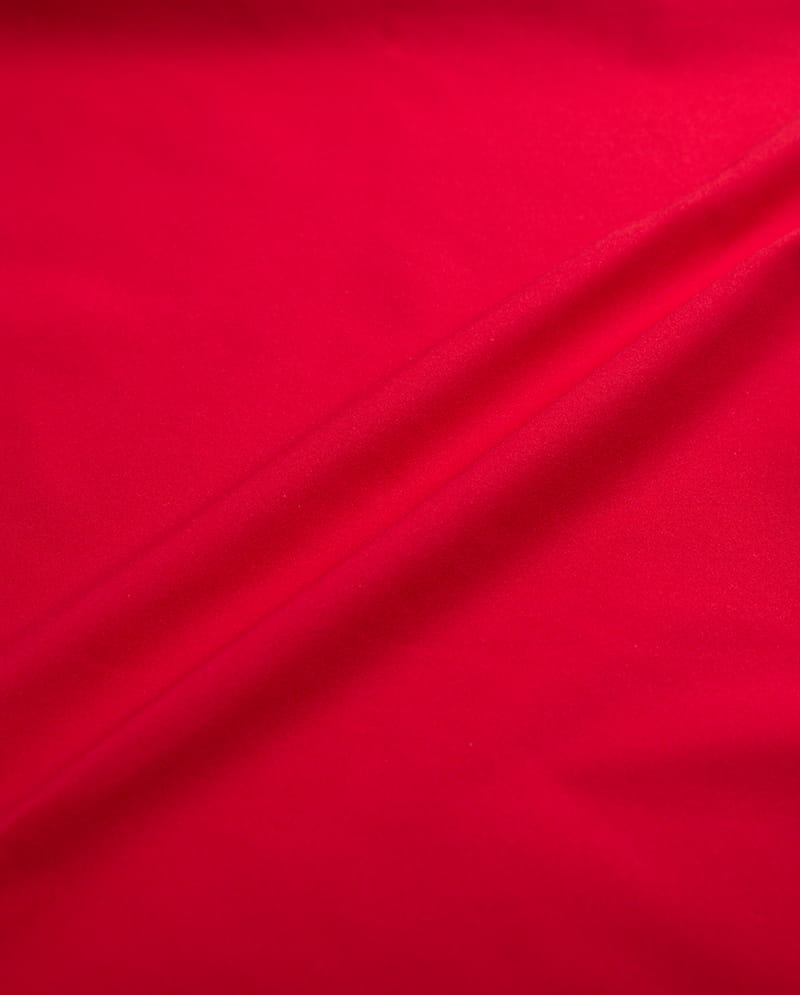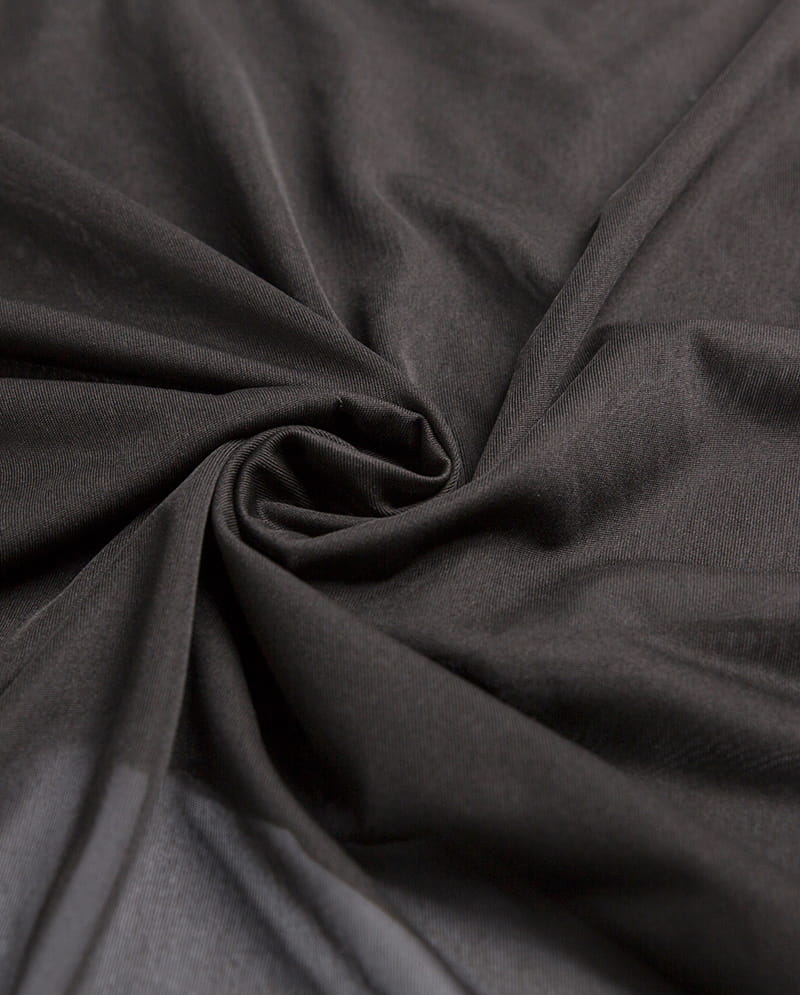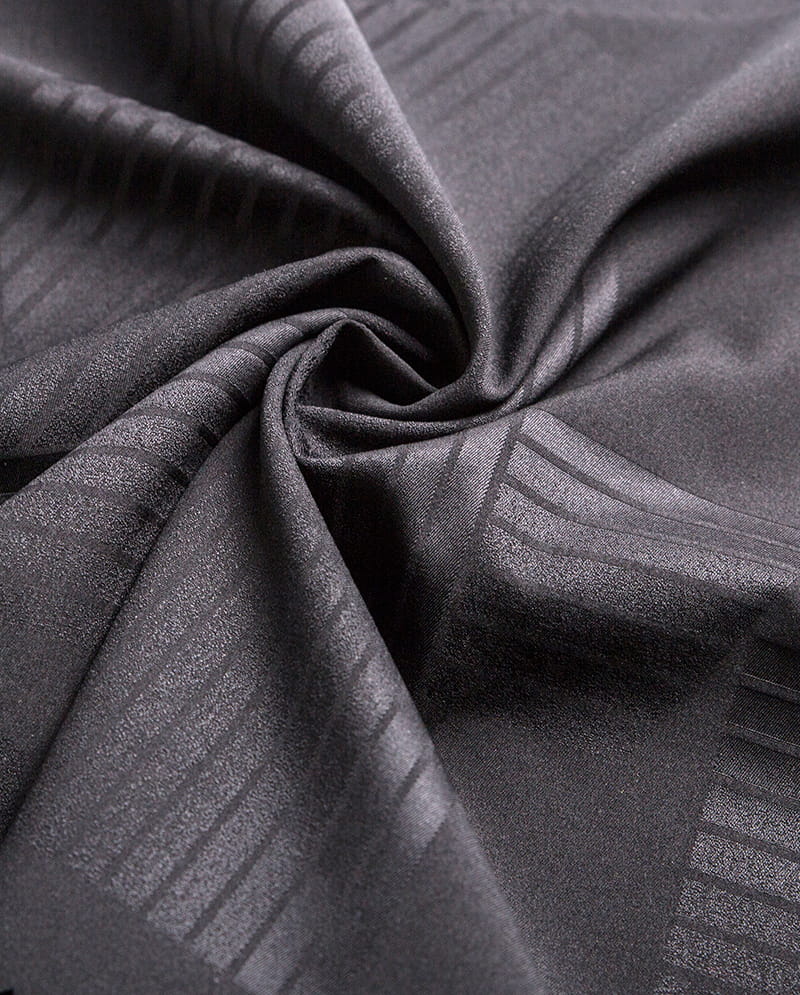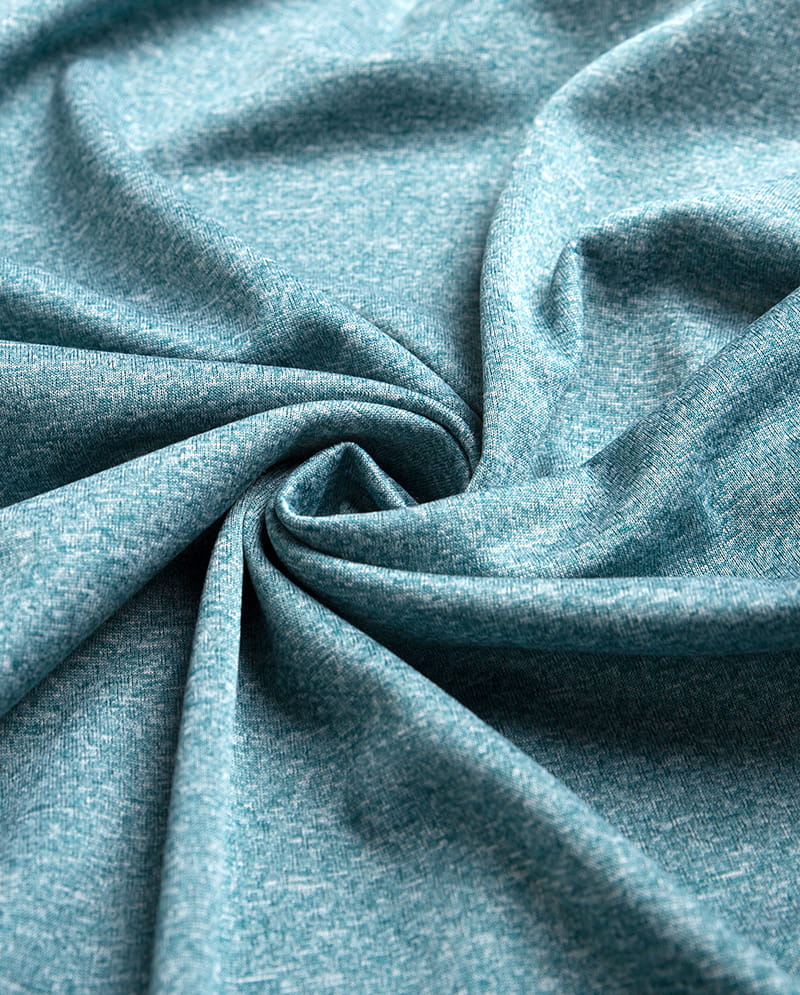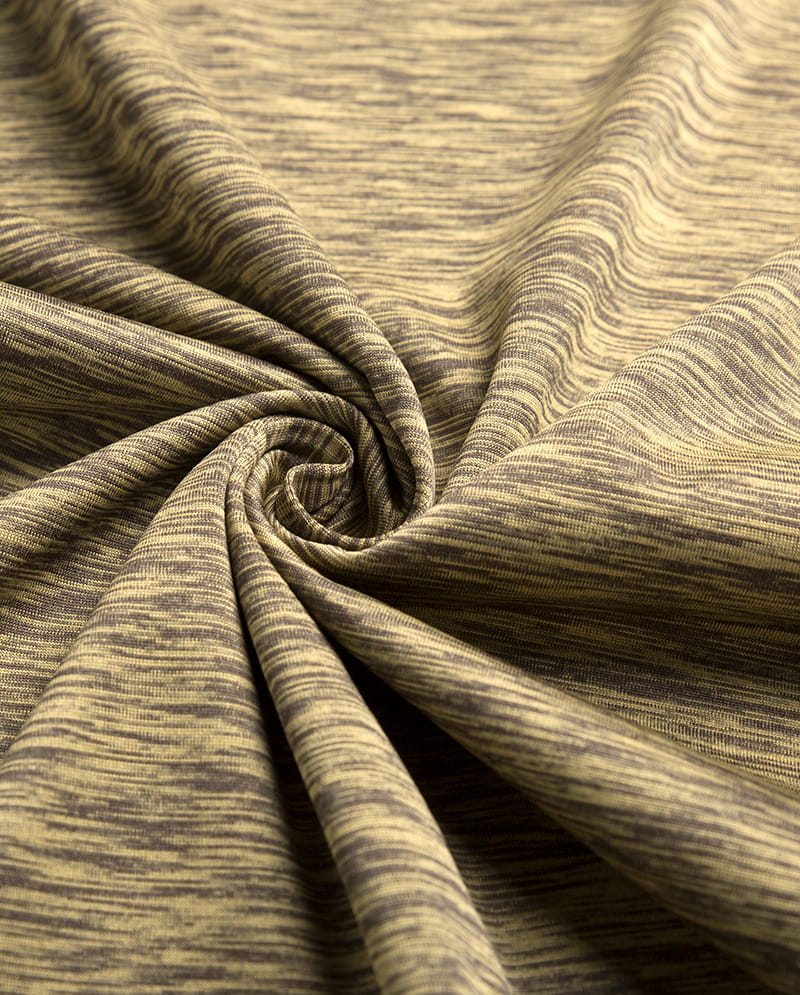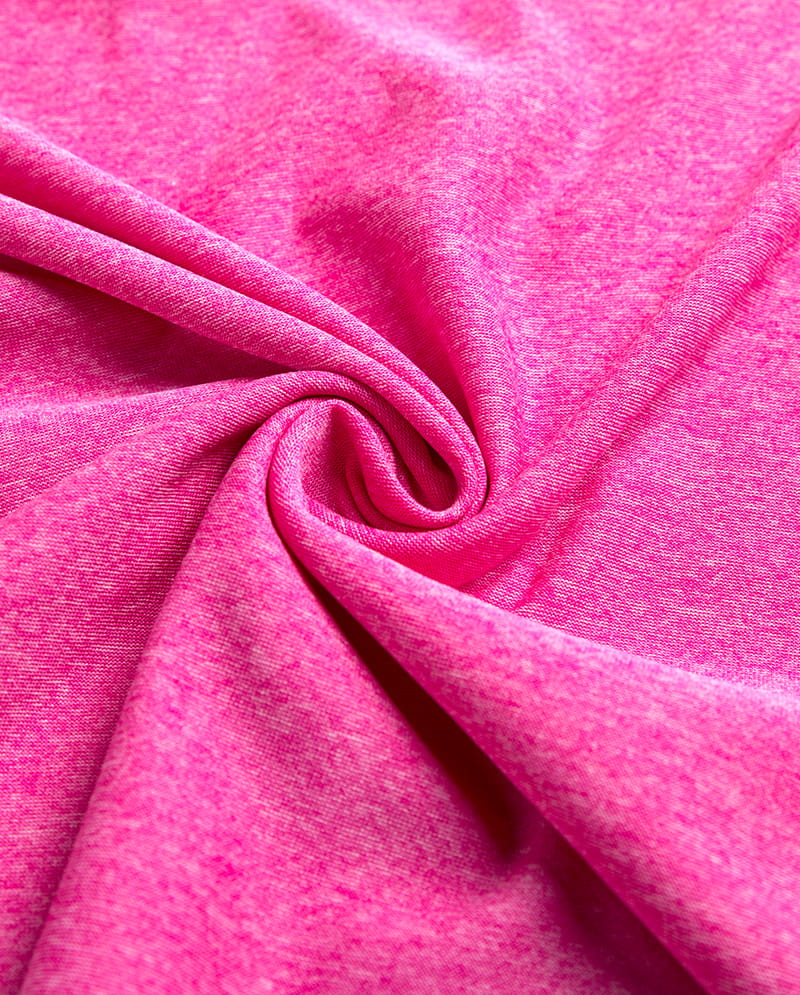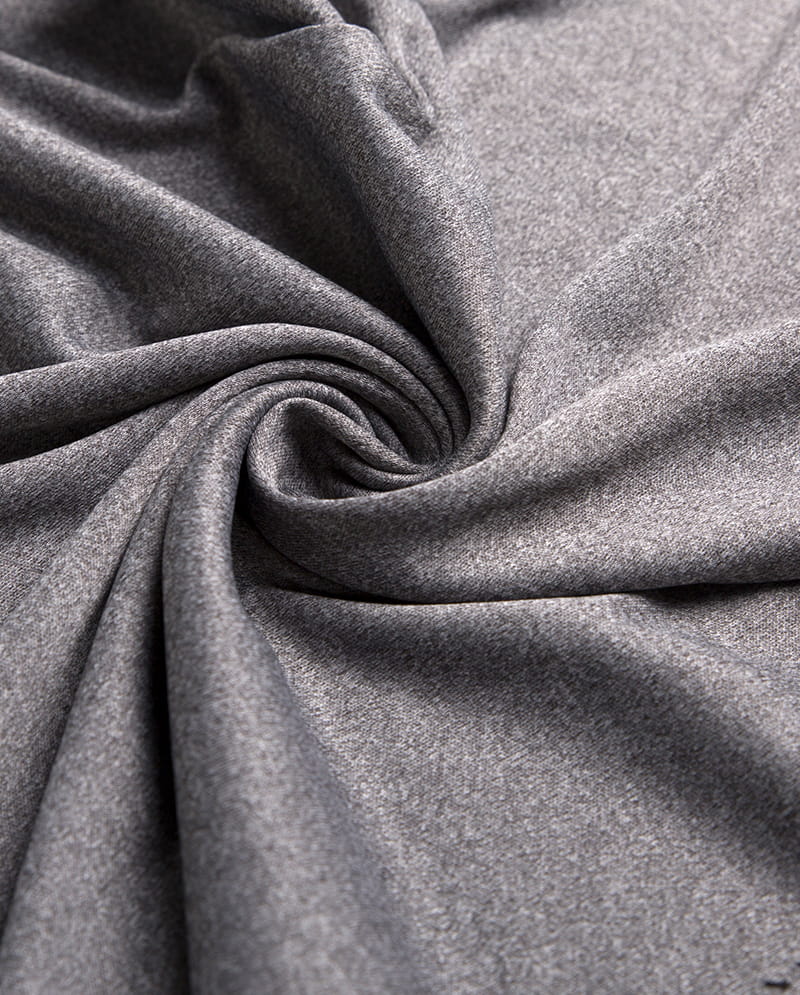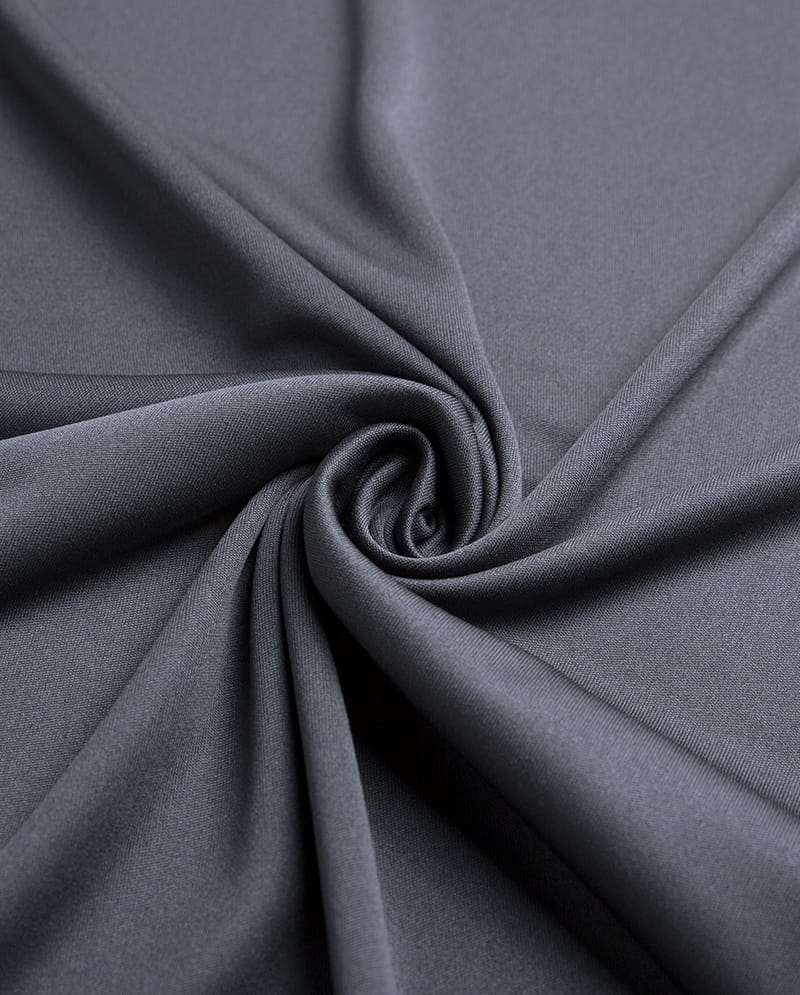The Timeless Art of Knitted Fabric: A Textile Triumph
Knitted fabric—a marvel of engineering disguised as comfort—is far more than a cozy layer. It is a sophisticated interplay of loops, tension, and technique, forming a dynamic textile that has shaped industries, wardrobes, and cultural identities for centuries. At its core, knitted fabric is a structure born from interlocking loops of yarn. But to see it simply as a textile would be to miss its richness. This is a material that breathes, moves, and adapts—engineered elegance wrapped in softness.
A Legacy Woven in Loops
Unlike woven fabrics, which rely on a perpendicular crisscross of threads, knitted fabrics are created through a continuous thread looped in succession. This looping structure endows the material with a natural elasticity and fluidity unmatched by traditional textiles. The method can be executed by hand with needles or by complex machines, ranging from circular knitting frames to high-speed warp knit systems. Each technique brings with it distinct characteristics—be it the plush warmth of a hand-knit sweater or the precision and uniformity of industrial jersey knits.
Versatility Engineered for Modern Life
Knitted fabric is the chameleon of the textile world. It bends to the designer’s vision, to the engineer’s blueprint, and to the wearer’s need for movement and breathability. From everyday t-shirts and athletic apparel to high-fashion runways and medical compression garments, its adaptability is unmatched. The stretch inherent in knitwear provides comfort; the porous structure offers ventilation. Moreover, this is a fabric that reacts—it contracts and expands, responding to the wearer's form like a second skin.
The Science Behind the Softness
What gives knitted fabric its signature stretch? It’s all in the loop formation. The yarn is bent into a series of connected loops, creating a matrix that is inherently more pliable than woven counterparts. Tension and gauge (the number of stitches per inch) determine the texture, drape, and density. A fine gauge knit, such as that found in premium undergarments, results in a smooth, supple finish. A coarser gauge might be seen in chunky cable-knit sweaters, built for warmth and visual heft.
The fibers themselves also play a crucial role. Natural fibers like cotton and wool bring softness and insulation. Synthetic blends—polyester, nylon, spandex—introduce durability, elasticity, and moisture-wicking properties. The alchemy of these fibers and the knit technique produces a textile that’s as technically impressive as it is aesthetically pleasing.
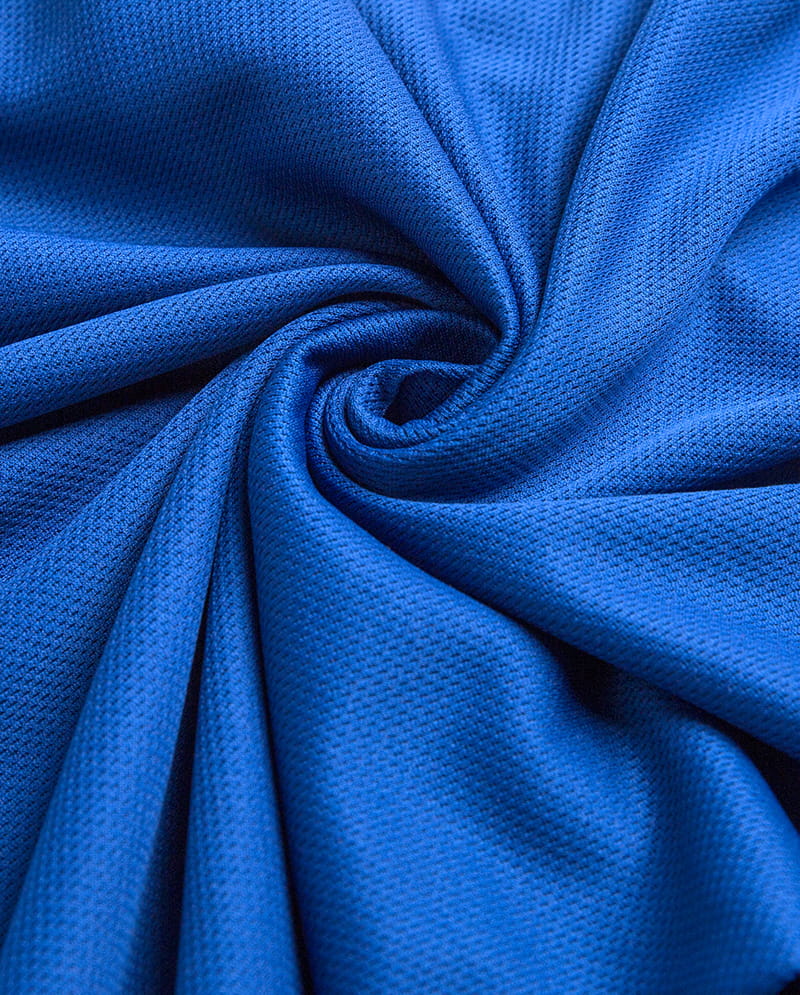
Innovation Meets Tradition
As consumer demands shift and sustainability becomes a mandate rather than a preference, knitted fabric is undergoing a quiet revolution. Circular knitting technology now enables seamless garments, reducing waste and enhancing comfort. Biodegradable yarns and recycled fibers are entering mainstream production, turning eco-conscious ideals into tangible products. Smart textiles—infused with sensors and responsive polymers—are transforming humble knitwear into wearable technology.
Yet, despite these futuristic advancements, knitting retains its artisanal roots. Craft communities and independent designers continue to champion hand-knitting as a meditative, meaningful process. This duality—of cutting-edge manufacturing and old-world craftsmanship—keeps knitted fabric perpetually relevant.
A Fabric That Moves with the Times
Knitted fabric is not just a textile; it is a medium of expression and innovation. It offers designers a palette of possibility and consumers a guarantee of comfort and adaptability. In a world that demands both style and substance, knitwear delivers with quiet confidence.
Whether enveloping a newborn in softness, supporting an athlete in motion, or anchoring a designer’s seasonal vision, knitted fabric remains a quiet triumph of form and function—a testament to what happens when precision meets pliability.

 English
English 中文简体
中文简体